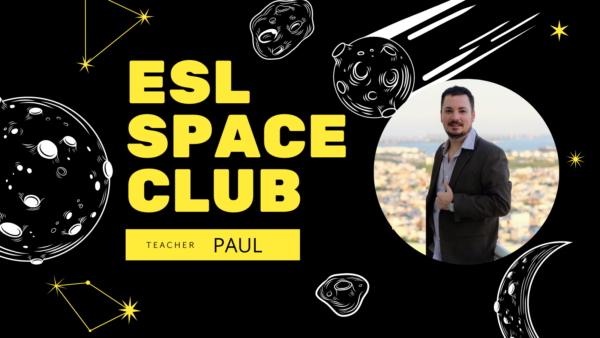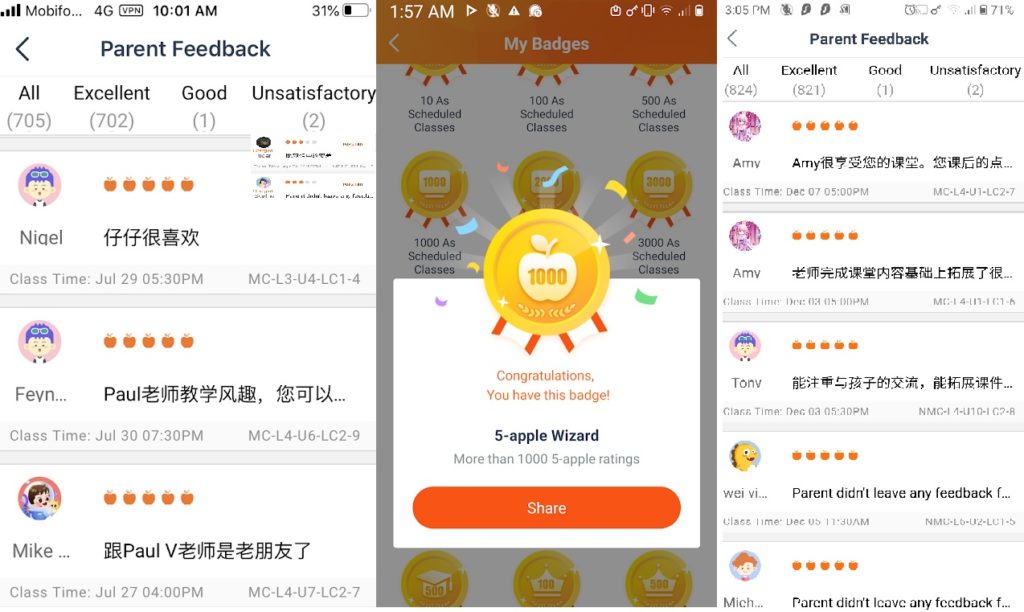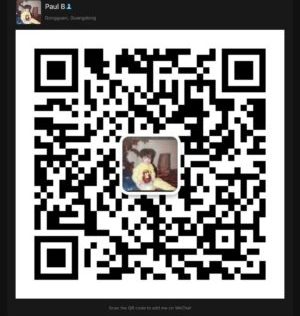Mr. Paul is teaching a ten-lesson series on Space with each lesson lasting at least 50 minutes. $15 per class, per student, and no more than 4 students in a course. (One-on-one rate is 200RMB per class)
Lesson No. 1
What’s in our Solar System?
This lesson will answers questions about what’s beyond our home planet like what the stars, sun, and moon are.
Children are naturally curious, and we think they’ll be inspired by the science and mysteries of the galaxy. Teacher Paul has a cosmic collection of resources for children about Space and the solar system.
Children are naturally curious, and we think they’ll be inspired by the science and mysteries of the galaxy. Teacher Paul has a cosmic collection of resources for children about Space and the solar system.
No. 2 Mercury
This lesson is packed with information about Mercury, the smallest planet in the Solar System and the closest planet to the Sun. This presentation is packed with incredible photographs and high quality illustrations of Mercury.
Teacher Paul will give some background information about the planet, such as its size, its distance from Earth, what its surface is like, and how it came to be named after the Roman messenger god. A profile of the planet Mercury is also included, which contains some fascinating facts such as the length of a Mercurian day and the huge inconsistencies in temperature on the opposing sides of the planet.
This lesson also contains information about the spacecraft that NASA have sent to study Mercury, such as theMariner 10 spacecraft, the MESSENGER probe and the BepiColombo Mission that is still underway. These slides explain how NASA has been able to discover more about Mercury, including what it is made of.
Teacher Paul will give some background information about the planet, such as its size, its distance from Earth, what its surface is like, and how it came to be named after the Roman messenger god. A profile of the planet Mercury is also included, which contains some fascinating facts such as the length of a Mercurian day and the huge inconsistencies in temperature on the opposing sides of the planet.
This lesson also contains information about the spacecraft that NASA have sent to study Mercury, such as theMariner 10 spacecraft, the MESSENGER probe and the BepiColombo Mission that is still underway. These slides explain how NASA has been able to discover more about Mercury, including what it is made of.
No. 3 Venus
This lesson is full of facts and information about Venus, the second-closest planet to the Sun in the Solar System. Teacher Paul’s lesson is great to use for covering the topic of space, the Solar System and Earth-like planets, as there are lots of interesting things to learn about Venus contained in this lesson.
First we’ll learn basic facts about Venus, including its high temperatures, its dense atmosphere, its size relative to Earth, and how it came to be named after the Roman goddess of love and beauty. There are also some interesting pieces of trivia about Venus, such as the fact that Venus spins the opposite way to all the other planets in the Solar System, and the fact that a day on Venus is longer than a Venusian year.
First we’ll learn basic facts about Venus, including its high temperatures, its dense atmosphere, its size relative to Earth, and how it came to be named after the Roman goddess of love and beauty. There are also some interesting pieces of trivia about Venus, such as the fact that Venus spins the opposite way to all the other planets in the Solar System, and the fact that a day on Venus is longer than a Venusian year.
No. 4 Earth
This informative lesson about Earth is the ideal way to begin your teaching on a topic about space and the planets – and what better way to start than with our home planet of Earth!
Find out lots of interesting facts about the Earth and the Moon, learn about lunar exploration and see some beautiful photographs of the planets themselves.
What could be more exciting than studying our place in the universe and how our planet supports life? There are so many mysteries left to discover – we hope children will be inspired by the achievements of scientists and astronauts so far in our Earth lesson.
Find out lots of interesting facts about the Earth and the Moon, learn about lunar exploration and see some beautiful photographs of the planets themselves.
What could be more exciting than studying our place in the universe and how our planet supports life? There are so many mysteries left to discover – we hope children will be inspired by the achievements of scientists and astronauts so far in our Earth lesson.
No. 5 Mars
No. 6 Jupiter
No. 7 Saturn
No. 8 Uranus
No. 9 Neptune
No. 10 Why Pluto Isn’t a Planet and Course Review




